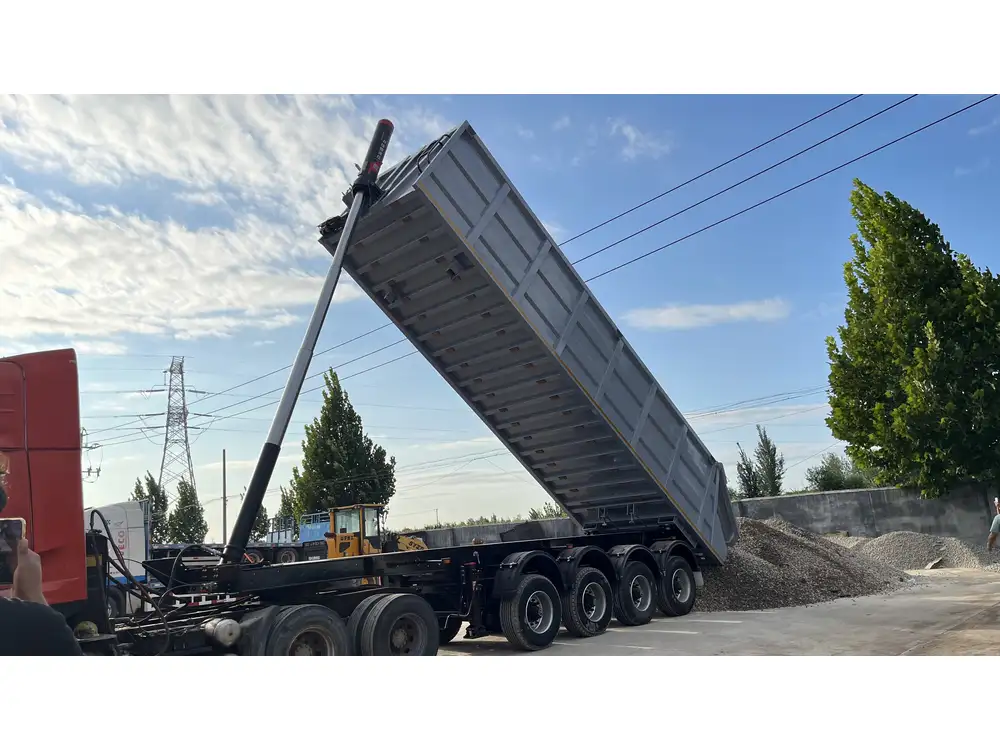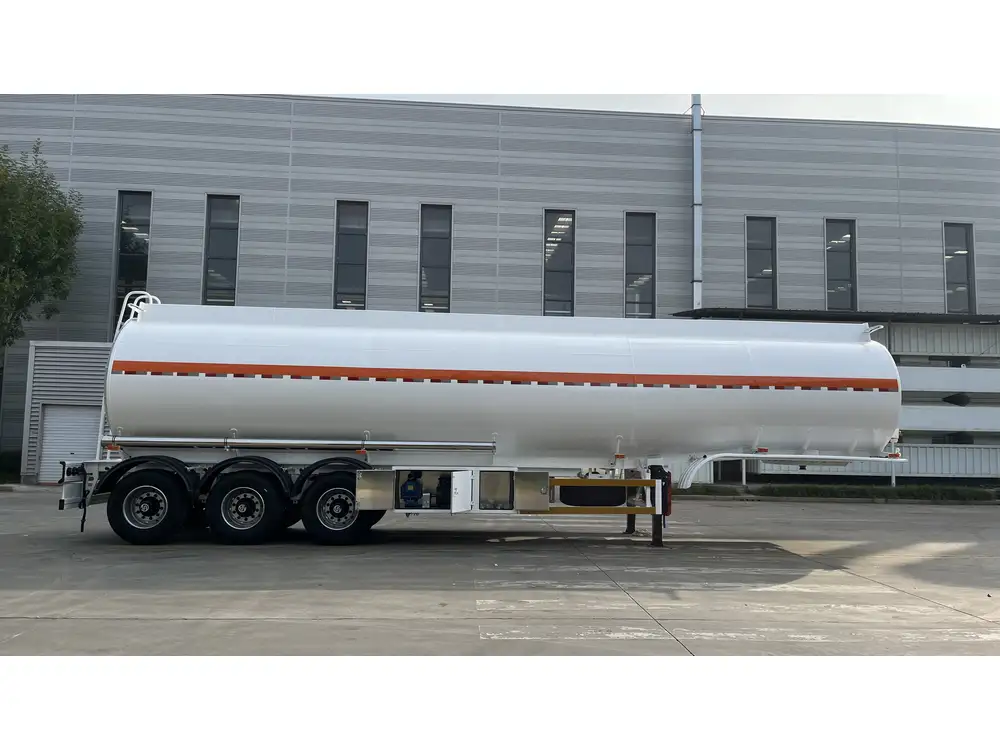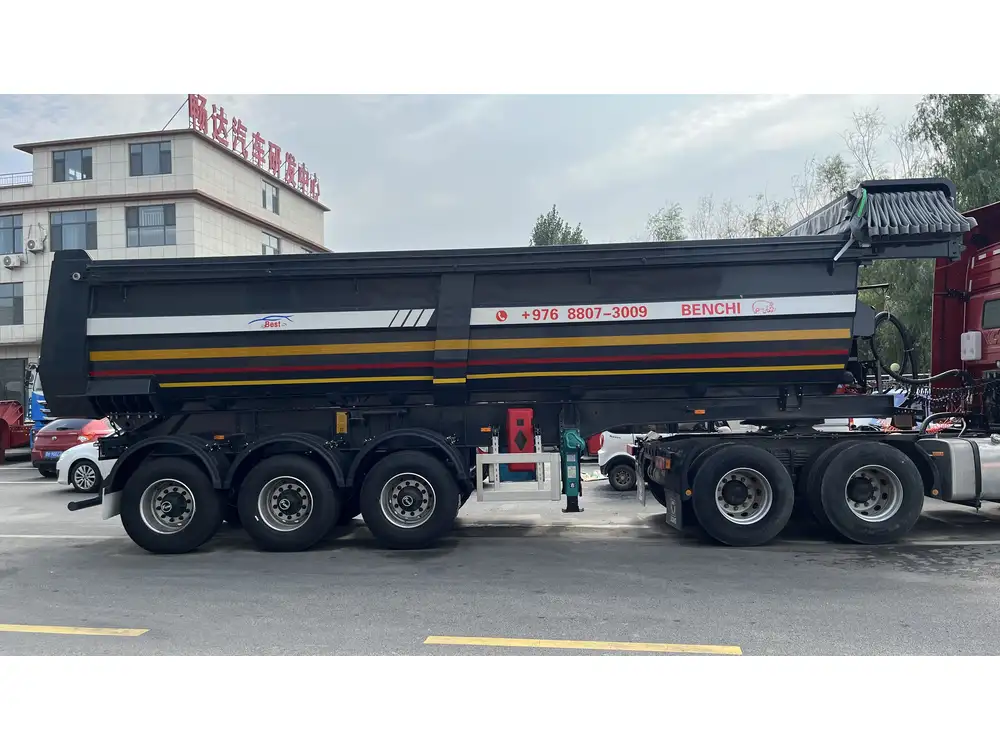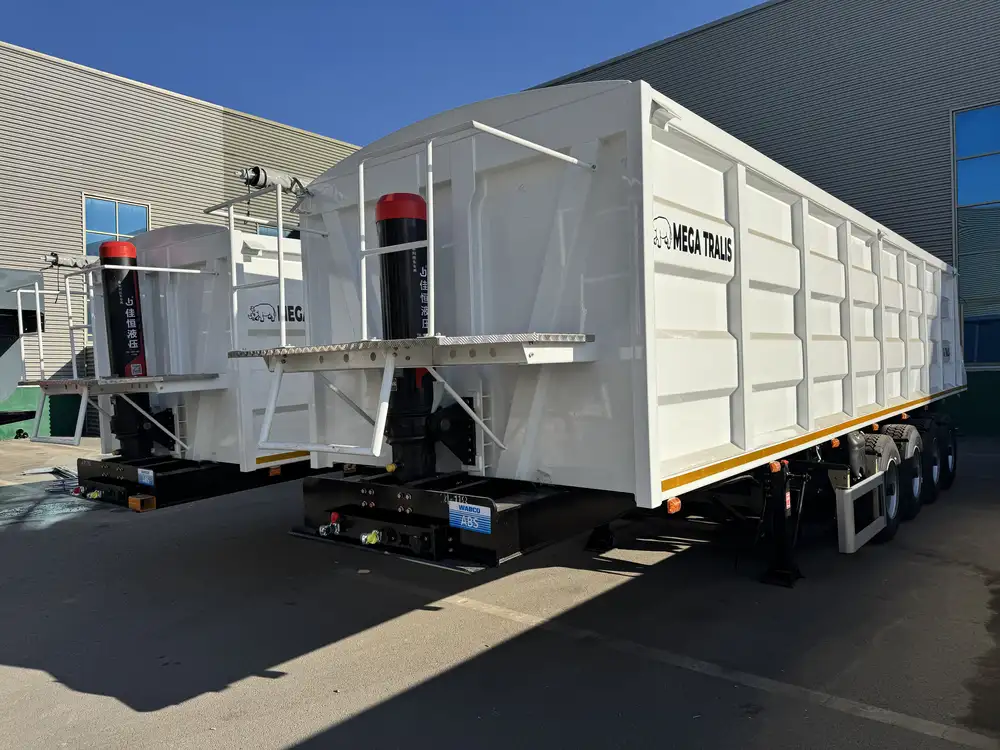Transporting goods on a flatbed trailer demands meticulous planning and execution, particularly when it comes to securing the load. Proper strapping is not just a matter of compliance with regulations; it’s about ensuring safety, stability, and ultimately, successful delivery. In this guide, we will delve into the essential techniques and best practices for strapping a flatbed trailer load effectively, ensuring you can transport even the most bizarrely shaped cargo without a hitch.
Understanding the Basics of Flatbed Trailers
Types of Flatbed Trailers
| Type | Description | Common Uses |
|---|---|---|
| Standard Flatbed | Flat, open deck with no sides or roof | Common freight transport |
| Step Deck | Lower deck height for taller loads | Equipment, machinery transport |
| Double Drop | Two drops in trailer height for extra clearance | Heavy haulage |
| Gooseneck | Front hitch design for improved maneuverability | Large construction equipment |
Each type of flatbed trailer serves a distinct purpose, and the load securing method may vary based on the trailer’s configuration and the cargo being transported.

Load Preparation: The First Step to Success
Assess the load: Understanding the shape, weight, and dimensions of your cargo is critical. Irregular shapes may require additional care or special equipment.
Center the load: Position the load in the middle of the trailer as much as possible. Off-center loads can destabilize the trailer and lead to accidents.
Use blocking and bracing: Implementing blocking effectively prevents movement during transit. This can include using wood or rubber materials on the sides of the load.
Essential Equipment for Strapping
When it comes to securing a load, having the right equipment is paramount. Here’s a breakdown of what you’ll need:
| Equipment | Purpose |
|---|---|
| Ratchet Straps | For securing loads tightly and securely |
| Polyester Webbing | Provides strength and durability in tie-down applications |
| D-Rings/Winches | Provides the anchor point for strapping |
| Corner Protectors | Prevents damage to straps and cargo at corners |
| Chain Binders | Ideal for heavy-duty loads requiring extra security |
Step-by-Step Guide on Strapping a Flatbed Trailer Load

Step 1: Choose the Right Straps
Selecting the appropriate straps is crucial to ensure they can accommodate the load’s weight. Straps are rated by their Working Load Limit (WLL). Always opt for straps exceeding the maximum weight of your cargo by at least a factor of 1.5.
Step 2: Positioning the Straps
- Diagonal Strapping: For irregular loads, cross-strapping can distribute tension evenly. This method is particularly useful for taller or unevenly shaped cargo.
- Vertical Strapping: Allows for excellent control and can be used effectively for bulkier items.
Step 3: Attach Straps Using a Proven Method
- Anchor the strap securely to the D-ring or winch on the trailer.
- Thread the strap through the ratchet mechanism, ensuring it’s positioned correctly to pull straight without twisting.
- Pull the strap tight by ratcheting it until snug, but be cautious not to over-tension as this can lead to cargo damage.

Step 4: Use Corner Protectors
For loads with corners, utilize corner protectors. These not only shield the cargo but also prevent the straps from fraying or breaking at sharp edges.
Step 5: Finalize the Securing Process
Complete the strap securing process by reviewing all straps:
- Ensure each strap is taut and free from twists.
- Conduct a visual inspection and hand-check the stability of the load.
- Ensure that no straps are loose, as this could lead to shifting during transit.
Legal Considerations and Compliance
Understanding load securement regulations is essential for compliance with federal and state laws. The Federal Motor Carrier Safety Administration (FMCSA) has specific guidelines detailing the requirements for securing cargo on flatbed trailers. Key points include:
- Minimum Cargo Securement Requirements: Each item must be secured with enough tie-downs to prevent shifting. Generally, one tie-down for every 10 feet of cargo length is recommended.
- Weight Distribution: Ensure even weight distribution across the trailer to avoid imbalances and increase stability.

Common Mistakes to Avoid When Strapping Loads
Under-strapping: Not using enough tie-downs or straps can lead to cargo movement. Always overestimate the number of straps needed for security.
Ignoring Weight Limits: Ensure that the combined weight of the cargo and trailer does not exceed the manufacturer’s load capacity.
Neglecting Inspection: Failing to conduct a thorough inspection before departure can lead to unforeseen accidents. Always double-check your work.
Rushing the Process: Properly securing a load takes time and patience. Rushing can lead to mistakes, compromising safety.
Frequently Asked Questions (FAQ)
Q1: How many straps do I need for securing my load?
A: The number of straps required depends on weight, length, and cargo type. Standard guidelines suggest one strap for every 10 feet of cargo length, but adjusting for specific loads is advisable.

Q2: Can I use just one strap for a secure load?
A: While it may seem cost-effective, using a single strap is not advisable for securing significant loads. Multiple straps ensure redundancy and increased safety.
Q3: How tight should the straps be?
A: Straps should be sufficiently taut to prevent movement but not so tight that they damage the cargo. A good rule of thumb is to have tension without overstretching.
Conclusion
Strapping a flatbed trailer load is not a mere procedural act; it embodies the intersection of safety, compliance, and professionalism in the transportation industry. By adopting the outlined best practices, utilizing proper equipment, and being aware of legal requirements, you will enhance both the safety of your operation and the satisfaction of your customers. As we continually strive for improvement and standards, let this guide serve as a cornerstone for effective load securement in your flatbed transport endeavors.



